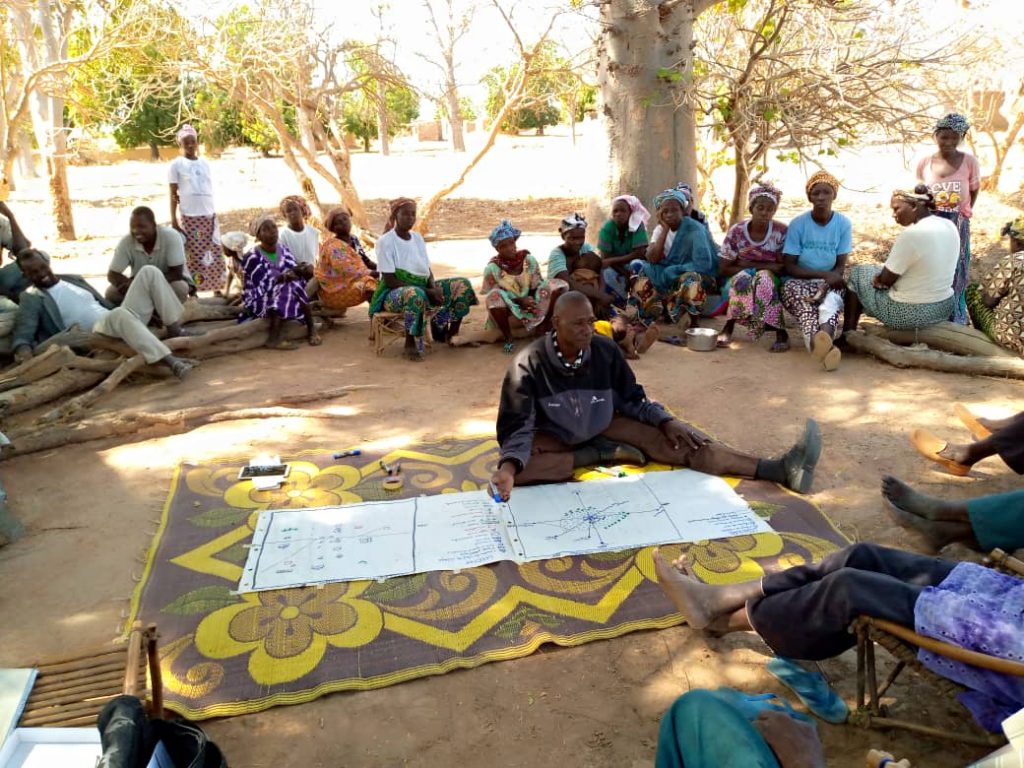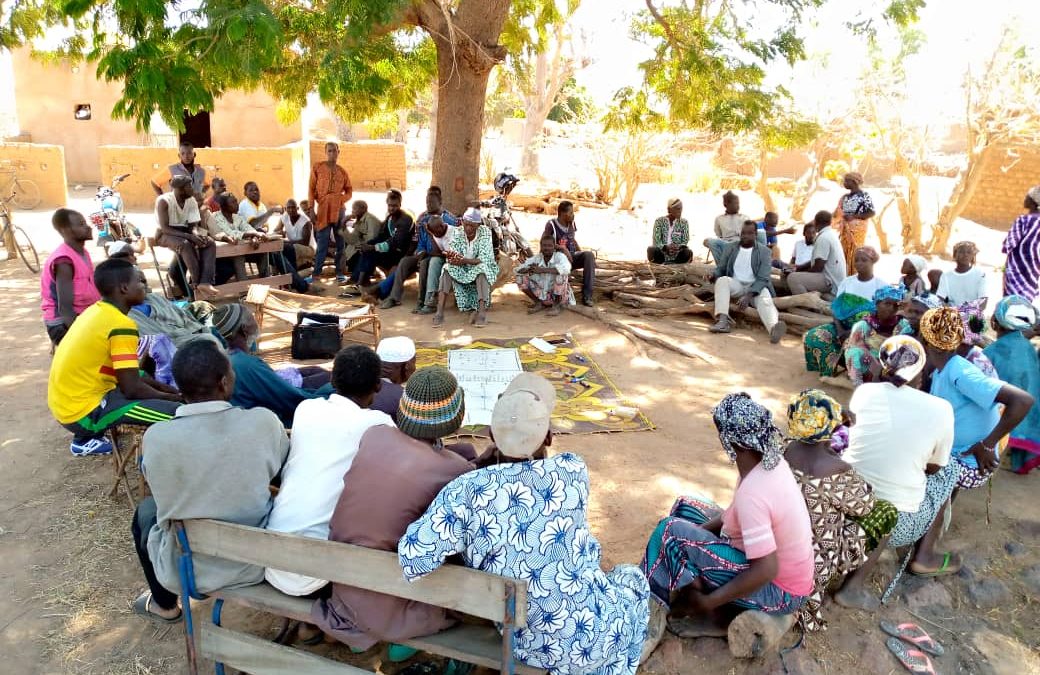The Regreening Africa program has produced a guide to ensuring the work will continue after the program ends.
By Marion Aluoch
Sustainability planning is essential in any project to ensure that activities do not simply end when the project does. Having a plan in place ensures that communities and other local stakeholders will continue to carry out the activities after a project ends.
To this end, the eight-country, Regreening Africa program, has released a comprehensive guide to enable partners to adequately prepare for the program’s phase out. The guide, Sustainability planning with community and local stakeholders, outlines six key steps to encourage sustained land restoration after the program’s transition.
To create the guide, Regreening Africa collaborated with a team from the Center for International Forestry Research and World Agroforestry (CIFOR-ICRAF) who are spearheading asset-based community-driven development. This is an approach that encourages communities to identify and use assets and opportunities that they already have to improve their lives and communities, instead of relying on external support.
The guide was written with the aim of creating opportunities for long-term thinking by communities; identifying key interventions in the program’s final years to support sustained efforts after closure; and identifying how the various partners can develop a joint long-term vision and sustainable pathways to achieving the vision.
 Community members in Mali deliberating on their community vision mapping
Community members in Mali deliberating on their community vision mapping
In order to accomplish this, the guide outlines a sustainability-planning process inspired by Asset-Based Community-driven Development (ABCD) to help so-called ‘communities of place’ identify landscape-level opportunities, build a joint vision, understand potential obstacles to realizing their vision, and define approaches and pathways to overcome them. It provides guidance in recognizing the resources, assets, and strengths that they already possess, which can aid in the achievement of their visionary objectives. The process also includes strategies for how a community can mobilize their existing assets as well as suggestions for external partners to facilitate the process in a way that ensures execution by leading ‘from behind’. Fundamentally, the guide supports the program’s partners to foster community motivation, ownership and agency in planning and implementing sustainable-development pathways.
‘There is no “one size fits all” in sustainability planning,’ said Lisa Fuchs, lead author of the guide and leader of the ABCD team. ‘Acknowledging the importance of context, and the agency of communities driving the process, the document provides guidance on how to conduct an inclusive process and on the steps to take for the individual teams to develop their own sustainability plans.’
The guide features a holistic approach to all the steps while also acknowledging that some of the proposed tools can be replaced, or additional tools added, depending on the individual country teams, interest and experience.
The guide can assist other people involved in land restoration — or any other type of development work — in planning for the long-term viability of their activities.
Read the guide
Fuchs LE, Bourne M, Achieng W, Neely C. 2021. Sustainability planning with community and local stakeholders: guidance note. Regreening Africa program. Nairobi, Kenya: World Agroforestry (ICRAF).
About ABCD
Learn more about the work of the Asset Based Community-driven Development (ABCD) team by visiting their website: http://cifor-icraf.org/abcd and:
- Explore the latest publications on ABCD to gain a more comprehensive understanding of what it is all about.
- Watch videos that feature stories and testimonials from communities about the ABCD process, tools, and outcomes.
- Get the most recent updates on news and stories that keep you informed on what is going on in the communities.
- Learn more about the various ABCD projects that have been designed and implemented since 2011, including:
- Making agroforestry work for smallholder farmers (2011-2014) that aimed to improve agroforestry knowledge and land management practices in selected watersheds in Nyando River Basin while focusing on climate change.
- Triple A Project: Accelerating adoption of agroforestry in western Kenya project (January 2015-December 2019): ABCD approach to scale sustainable adoption of best practices in agroforestry and agriculture.
- ABCD in Regreening (January 2021-December 2023): a strategic collaboration with the Regreening Africa project, to support the adoption of promoted land restoration practices, alongside a more widely framed efficient, sustainable and circular resource use at individual and communal levels based on the ‘start where you are, use what you have’ principles.
- Farmer-led tools, dashboard development, and the future of farming (October 2020-June 2022) that identifies participatory ways of collecting farm-level data, and seeks to understand how that data can be made accessible to small holders, especially women and girls to improve their farming practices.
About Regreening Africa
Regreening Africa is a five-year programme (2017–2022) funded by the European Union to reverse land degradation across 1 million hectares and benefit 500,000 households in Ethiopia, Ghana, Kenya, Mali, Niger, Rwanda, Senegal and Somalia. The programme is implemented by World Agroforestry (ICRAF) along with consortia members World Vision, Catholic Relief Services, Cooperative for Assistance and Relief Everywhere (CARE), Oxfam and Sahel Eco.

